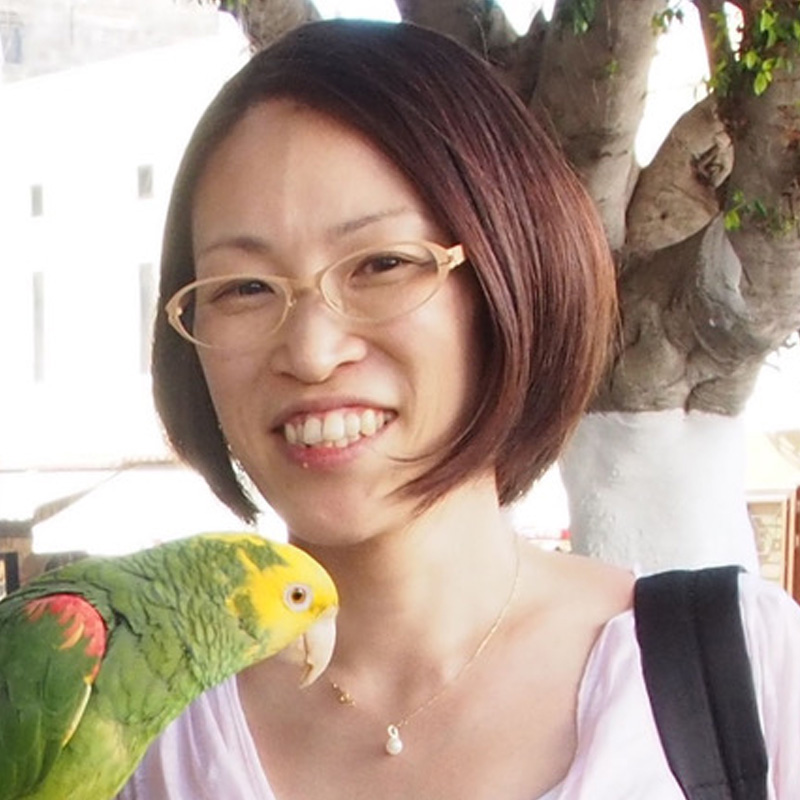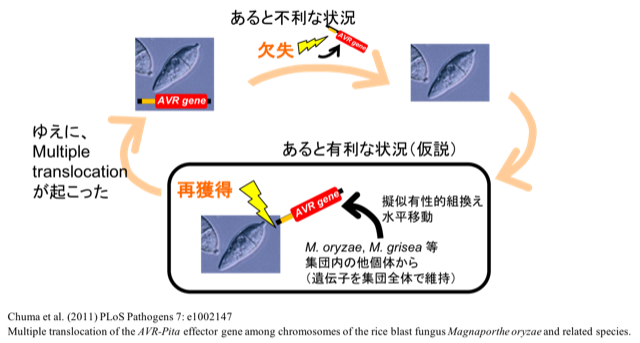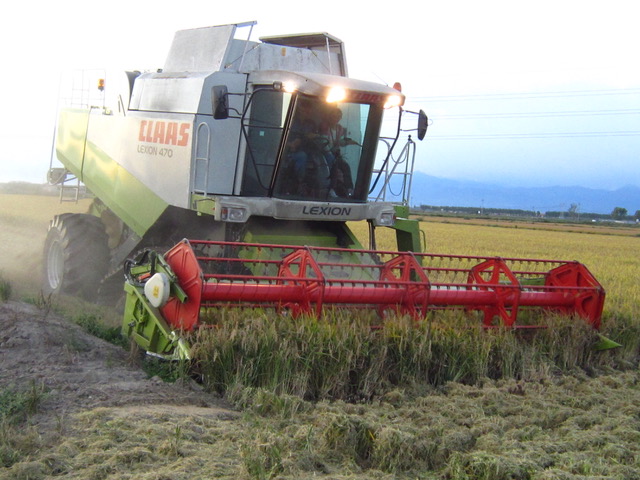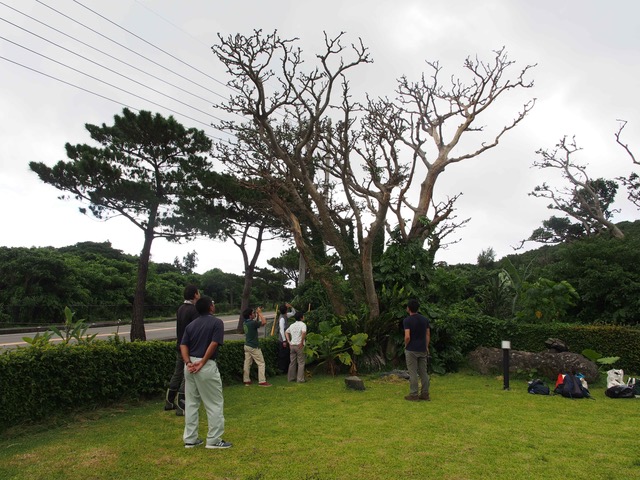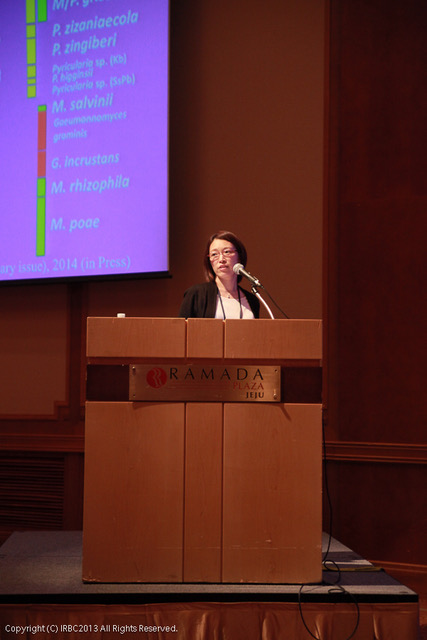CHUMA Izumi Associate Professor
Belongs
Research Department/Department of Human Sciences/Division of Natural Sciences and Physical Education/Section of Natural Sciences and Physical Education| Field | Plant pathology, Genetics, Biology |
| Keyword | Plant disease diagnosis, Plant doctors, Crop diseases, Blast disease, White rust disease, Forest pathology, Fungi, Avirulence genes, Chromosomes, Fungal taxonomy, Fungal morphology, Epidemiology |
Introduction
It was during my third year as an undergraduate at Obihiro University of Agriculture and Veterinary Medicine that I became interested in the pathogenic mutations of plant pathogens. For my graduation thesis, I performed experiments on inoculating tomato calluses with Verticillium wilt fungi to recreate pathogenic mutations. Aside from the question of whether these were successful, this experience became the impetus behind my desire to know more about bacterial mutations. It became the root of my ongoing studies into such mutations. Since those experiments, I’ve launched research on rice blast at Kobe University. I’ve gotten so enthusiastic about pathogenic bacteria that I’m generally known as “the rice blast gal.” I considered how to learn about bacterial mutations. In addition, I developed research to make a genetic map of rice blast of grass, which was assigned to me during my master’s course, and conducted karyotype analysis of the entire genus of rice blast species (research to determine differences in chromosome structures). (I earned my doctorate in the process.) In the research, I discovered the phenomenon in which the pathogenic effector gene of rice blast bacteria has dynamically moved along the chromosome during evolution. Through this research, I was able to propose a new concept of how rice blast bacteria have circumvented the resistance that host plants develop in nature (Fig. 1). I began to be interested in classifying rice blast bacteria, and from that point, I began field work to learn bacterial ecology. I’ve been to paddy fields in Japan and overseas (Photo 1), isolated rice blast from rice and levee plants, and found taxonomically rare rice blast bacteria several times (Photo 2). Upon encountering a small conidium of Pyricularia oryzae, which is called “the third spore,” I was fascinated by the charms of fungal morphology (Photo 3). Although I’ve been continuing to nudge these studies forward little by little, the top priority in my various research subjects is to unravel the mystery of how pathogens mutate. As a “mold enthusiast,” I tend to attract those who have problems related to mold, as well as those who love mold, and this has caused the range of my research to expand. Now, I’m expanding my horizons on a team that’s researching rice blast, white rust (an oomycetes disease) in Brassicaceae plants, and Fusarium diseases in the Indian coral tree, whose blossoms are the prefectural flower of Okinawa (Photo 4). Both white rust and the Indian coral tree bacterium, as well as Pyricularia oryzae, are creatures that make us wonder, “Why are they exhibiting their pathogenicity only now?” In the belief that only enthusiasts of pathogens and their host plants will be able to control crop diseases, I’m thrilled to work on plant pathology every day. Appreciating that fieldwork is important, I also want to emphasize education on plant disease diagnosis, for the cultivation of plant doctors.
| Related industries | Plant diagnosis, Crop protection, Plant pathology, Fungicides, Tree doctors |
| Affiliated academic society | The Phytopathological Society of Japan, The Mycological Society of Japan |
| Academic degree | Ph. D |
| Self introduction |
I was born and raised in Nishinomiya, Hyogo Prefecture, and spent my undergraduate days at Obihiro University of Agriculture and Veterinary Medicine. Afterwards, I earned my degree from Kobe University, and I've been doing research and providing education on plant pathology as a postdoctoral researcher and a professor. In April 2018, I joined the University of Agriculture and Veterinary Medicine, where I began to teach biology. I intend to give classes that help students decide their specialization, from the time they enter to the time they choose a specialty. Since I have a little daughter, I work shorter hours than other professors. However, I manage to get my work done thanks to the understanding and cooperation of the students, professors and administrative staff. For my alma mater, I'd like to create a workplace where we can work joyfully and vigorously while raising children. I like cameras and I enjoy photographing plants (recording disease symptoms) using close-up lenses while walking and soothing my mind. Music (B-flat, A and bass clarinets) is another emotional support. |
| Room address | General Research Building 1 |
| Room number | N1302-4 |
| Mail address | chuma  obihiro.ac.jp
obihiro.ac.jp |



